The Neon Demon, a Panting Oracle
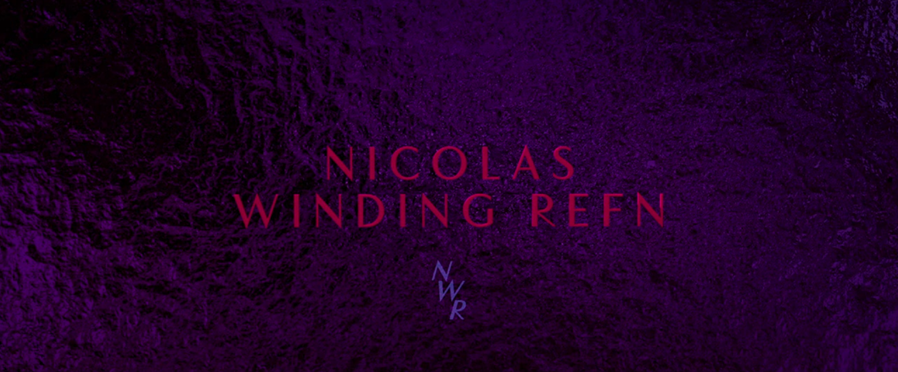
Everywhere the changes mask a skeleton which has changed just as little as the profit motive itself.
Theodor W. Adorno
In 1957, the Russian-American writer Vladimir Nabokov decided to set the record straight on his recently published literary masterpiece Lolita. After a series of sensational lawsuits in several Western countries – in which the book had been deemed ‘obscene’ and even ‘sacrilegious’ – Nabokov found himself in an ever more problematic predicament. What did he himself make of the many, many crimes accumulated in Lolita’s three-hundred pages? Clearly, Lolita required an extra declaration of intention on his behalf. Nabokov saw himself forced to supplement his ‘book’ with a ‘handbook’. This handbook, as he saw it, would finally dispense of the idea that Lolita was a book which needed a handbook in the first place, since, as Nabokov put it, “Lolita is about Lolita”; a point met with the usual sense of apprehension on behalf of literary scientists:
“Teachers of Literature are apt to think up such problems as “What is the author’s purpose?” or still worse “What is the guy trying to say?”. Now, I happen to be the kind of author who in starting to work on a book, has no other purpose than to get rid of that book and who, when asked to explain its origin and growth, has to rely on such ancient terms as Interaction of Inspiration and Combination – which, I admit, sounds like a conjurer explaining one trick by performing another.”1
In June 2015, a work that also presented itself as that of a ‘conjurer’ premiered at France’s infamous Cannes Film Festival. The Neon Demon, courtesy of Danish filmmaker Nicolas Winding Refn, tells the tale of Jesse, a young fashion model stranded on the sun-stricken beaches of Los Angeles. Like Cannes, it is a city obsessed by the promises of youth. On first sight, Refn’s film appears a grand statement. By way of an abundant aestheticism, the director gives us a contemporary horror tale, which can ‘didactically’ inform us of the murderous character of the contemporary fashion world. The film has the compositional feats of a picture book: each scene is as a neatly chiselled miniature, populated by a set of fairy tale characters and playful stand-ins. In one of the most revealing scenes of the film, Refn decides to disclose some of his artistic sources. The owner of the motel where Jesse has sought temporary refuge, informs her boyfriend that some other ‘young things’ are being housed in his highway-mansion; amongst which, a thirteen-year old runaway. “Real Lolita-shit,” the owner of the motel mutters, overcome by his own sense of excitement.
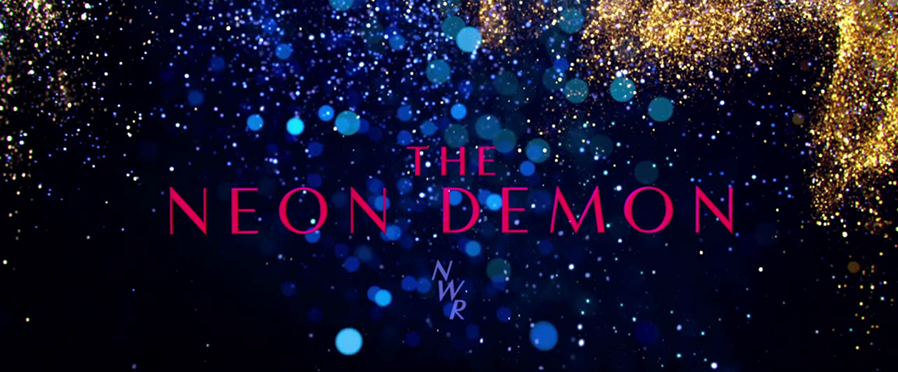
As a formalistic feast, Nabokov indeed seems a well-chosen reference point for The Neon Demon. Both works tell of an enchanting, prepubescent girl, reluctantly drawn into the adult world – a world fascinated by youth, and, most importantly, by virginity. Both also testify to a certain formal insolence. Both Refn’s film and Nabokov’s novel are minutely composed, and deploy exuberant forms. Refn’s visual gymnastics find their equal in the inventive language games of the Russian Master, whose merciless attention for syntax set him apart from even the greatest of his contemporaries. Like Refn, Nabokov saw himself as an unburdened formalist: “style”, as he put it, “is my first and last possession [...] To me, a novel owes its existence to the fact that it can provide what I shall, rudimentarily, call an ‘aesthetic pleasure’.”2 Finally, both works also exist by grace of a certain sensationalism. Both The Neon Demon and Lolita present themselves as an assault on reigning bourgeois sensibilities, and seek to instil a ‘sense of shock’ in the viewer – whether desired or not.
Perhaps these characteristics also made The Neon Demon vulnerable to controversy. At the Cannes festival, the film was initially booed after its first screening. Not everyone agreed with the hostile judgment, however. The French Cahiers du Cinéma were quick to give a riposte to this public dismissal, siding with Refn in his opposition to the supposedly ‘Bolshevik’ honours list of the festival. The magazine went on to draw up an easy dichotomy. On the one side, they claimed, stood the latter-day partisans of a socially committed cinema, driven by realist dogma. On the other, to the Cahiers, stood a cinema which openly acclaimed the splendours of the digital image, offering films that embraced rather than rejected our artificial present. These films were characterised by a more expansive, brazen and often exhausting mise en scène. The Neon Demon was no exception to this rule; for the Cahiers, Refn offered an “absolute antithesis” (or counter-image) to the supposed ‘Cannes doctrine’. As they put it, “the sole film for which one could suddenly claim: this, also, is cinema […] a plastic and sonoric experience, a construction as solid as a bloc, not a chronicle documenting daily life.”3 Cahiers’ agenda, of course, here seems reasonably straightforward: we witness the rehearsal of an age-old criticism of the tyrannical allures of ‘realism’, which, through its intimate linking with any concept of ‘reality’, has acquired a historical monopoly on the depiction of the political. Equally important for this anti-Refn hysteria, they claimed, was the predominance of a fundamental aversion for the ‘aesthetic’ an sich, with its supposedly ‘destabilising’ effects on the real. Unsurprisingly, the very same agenda is shared by Refn, as he admitted in an interview with Sight and Sound:
“But we’re making drama, making fantasy. And I don’t make films about reality. I used to, but I realised I would never capture it for real, no matter how hard I tried. Can you say Lady Macbeth is a representation of every woman? No, she’s not – she’s a certain kind of woman who’s very dramatic.”4
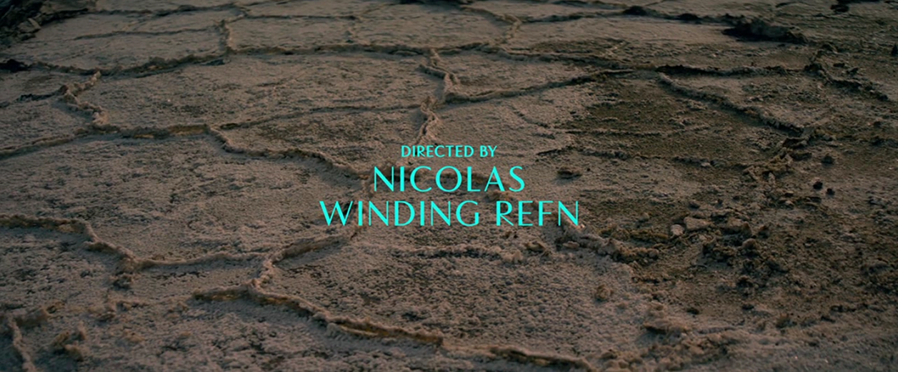
Predictably, the debate has a ring of anachronism to it. The controversies surrounding Refn’s piece seem to inscribe themselves in a debate which has agitated the cinephile community for at least three decades – a conversation which most likely saw its inauguration with the advent of a generation of ‘small masters’, to use a term coined by French film critic Serge Daney. While Pier Paolo Pasolini could still proclaim cinematography the ‘language of reality’, filmmakers such as Brian De Palma, Francis Ford Coppola and David Lynch attributed only minor importance to the intrinsic relationship between ‘signs’ and ‘signifieds’, ‘images’ and ‘reality’. These authors, as Daney claimed, deployed a formalism with a flagrant citational quality. From now on, cinema’s emphasis would shift from characters and their reciprocal relations to the ‘image’, sans phrase.
To Daney, the films of Brian De Palma (an equally important reference point for Refn) appeared exemplary for this trend. De Palma’s oeuvre – often described with the saying “De Palma’s cinema is about cinema” – presents itself as a Hitchcockian parody, without the one-sidedly ironical sense of derision of the original. De Palma peruses and remoulds the English Master. In Daney’s optic, this technique allowed De Palma to expose features which Hitchcock could reveal only implicitly: De Palma’s cinema is an exercise in the shelling, divulging and alluding of the purely schematic workings of cinema itself. Tensions which have always been inherent to the cinematographic profession are accentuated even more strongly in De Palma: distance and proximity, exhibitionism and voyeurism, egoism and empathy; the eternal oppositions of the oeuvre. With De Palma, the spectator remains a perennial outsider.
Unsurprisingly, Serge Daney himself did not hesitate to castigate this cinema as a form of ‘mannerism’. The new ‘filmed cinema’ might have initiated a rupture with standards prevalent in older versions, yet it also exposed itself as above all an exercise in technical expertise. In the hands of Lynch, De Palma and Coppola, cinematography was reduced to an open-ended orchestration of objects, camera movements, light planes and effects. Actors themselves were turned into stand-ins, roaming a mise en scène which is itself an enigma, refusing to disclose any of its secrets. In a more ‘traditional’ film, he claimed, one could still discern characters, made of flesh and blood, and clear relationships between these characters. In De Palma, this pretension of ‘narrative’ was swiftly dispensed with. As Daney wrote in a review of Coppola’s The Cotton Club (1984):
“In the old film noirs (Lang’s for example, because they are the most rigorous), there were characters, and between these characters there were relations. The filmmaker had to invent a whole mise en scène (a whole game of distances to ‘keep’) which allowed us to understand the nature of these relations, and from there, to love or judge the characters. Coppola does something entirely different: he’s only interested in the relation between the character and the audience. Two characters no longer exist together for the audience, they both exist only for the audience, taking turns. The mise en scène is merely the management of hints (discrete but constant) to the audience. And Coppola is satisfied to collect characters without creating any space between them.”5
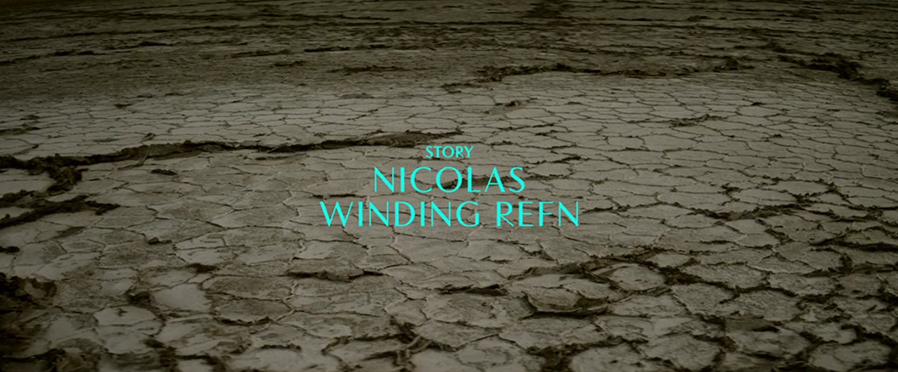
Alienated from their origin, as images that know not of their own artistic pedigree, these films above all acquire their readability from the deformation they undergo in the hands of their directors. To the mannerists, the most important objective of a film is always a sense of spectatorial discomfort. This discomfort, above all, must manifest itself firstly in formal mechanisms, making for an incompatibility between ‘image’ and ‘gaze’.
Refn himself – in conjunction with directors such as Alejandro Iñárritu, Paul Thomas Anderson and Alfonso Cuarón – has joined this new generation of self-declared iconoclasts, whose cinephilia was heavily conditioned by television, internet and DVD’s. These filmmakers – much like the first generation of ‘small masters’ – have become thoroughly attached to the external appearances of a film. Any critical reading of Refn’s work brings back memories of the political interpretations of the first wave of mannerist films. Paul Verhoeven’s film are consistently celebrated for their subversive capacity: a tantalising form, feigning a commentary on a reigning visual culture, only finally to be defused by an ironic distance. In an interview on Starship Troopers, Jacques Rivette rightly declared that Verhoeven’s film should in no way be read as a sardonic commentary on American military power. “In fact,” as Rivette put it, “Verhoeven loves clichés, and there is even a comic-book aspect to his work… His beasts are great, extremely funny even, much better than Spielberg’s dinosaurs.”6
One wonders whether a similar defence for Refn can be mounted today. The irony deployed by De Palma and his luminaries, served a determinate goal: sensitizing sensibilities, showing how cinema operates; how images operate; how images can stare back at us, with a rapturous might. For Refn, the inverse is true. Neo-mannerist irony has become autonomous, veiled in an aura of mysteriousness. The New Big Cinema always seems to rely on the same procedure: an exhausting attention to style, a bombastic unfurling of technical apparatuses, combined with a tireless urge to discuss ‘big themes’ – very much in the tradition of the Great American Novel. In a topical vein, Refn’s spectators are called upon to reflect on what cinematic treats are on display; no materialisation takes place, every one of his images should be read as potentially relevant – a ‘sign o’ the times’.
For Refn, however, this relevance also comes with a proviso. While Nabokov repeatedly expressed his aversion to psychoanalysis and its analogous ‘literature of ideas’, Refn mobilises almost the entirety of the psychoanalytic register in The Neon Demon. His film swarms with what one cannot help but call ‘Freudian’ crossword puzzles. Not a single sequence in The Neon Demon is without its symbolic referent; besides the obligatory name-dropping to Lolita, together with a reference to the pederastic tendencies of the owner of the Californian motel, Refn’s film offers us the following symbolic riddles: (1) a moon illumining a murder scene, (2) an eyeball devoured by one of the protagonist’s rivals, (3) a necrophilic rape carried out by a makeup artist, (4) a broken mirror, shattered by a model humiliated in her sorry performance for an audition, (5) a techno party with a ‘bondage act’, in which a dancer elevates herself making use of supposedly ‘magical’ techniques. No lack of symbolism here. Except for the compulsory inclusion of protagonists, no entities take up a more important role in Refn’s epic. Truely Tati-esque, Refn deploys tropes recognisable to any viewer: a familiar world is brought to a visual standstill; slowed, stretched, stylised, it can disclose secret signs which would otherwise remain hidden. Like Tati, Refn aspires to be a ‘historian of the present’: his visual material consists of recyclable motifs, whose texture he wants to disjoint: every voice, every sound is morphed and warped ad nauseam, plugged into a monumental découpage (each of Refn’s scenes consists of a short series of imposing, almost sacral images, conjuring up “living elements as unnatural and unexplainable as they can be”).7 What goal is served by these manoeuvres remains unclear. While, with Tati, every object, character and situation was, through careful storytelling, given a determinate function, Refn seems more interested in parodying his own content. The Neon Demon operates at the zenith of what Daney called a ‘fake functionalism’: everything has a specific role, but one is at pains to find out what that role may be.
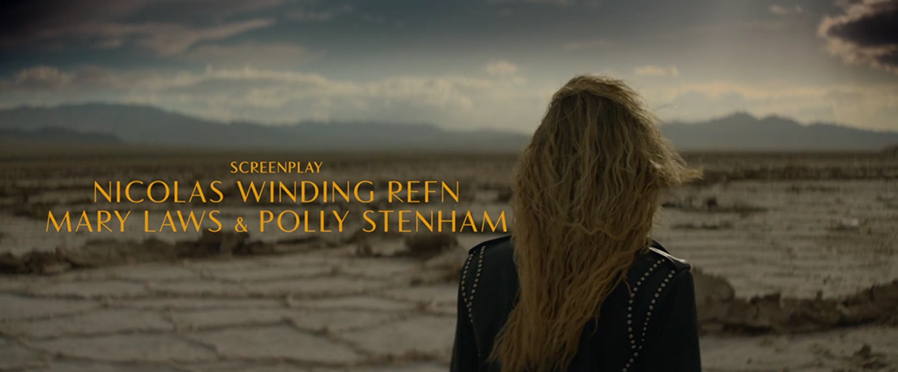
Perhaps Refn’s film can offer no better counterexample of what Nabokov dubbed his very own ‘anti-psychological’ art. In lack of a convincing storyline, Refn has to replace an absent plot with symbolic witticisms. Because of their unbearable weight, his carefully composed references also remain without a referent. The visual metaphors mentioned – a quicksilver moon, virginal blood, a cannibalised eyeball – seem to redirect us to an underlying grid, a labyrinthine structure in which spectators have to orientate themselves. Like a panting oracle, Refn’s film craves its own exegesis (“read my lips”), just as we are presupposed to look for enchantment in the beauty of the under-aged model.
This promised state of enchantment, however, never really enters into force. The world described by Refn – a decadent Los Angeles, found in many an American film fable – pretends to operate as an ominous X, a grotesque Thing hiding a Word. Behind the facade of Refn’s Word, however, there simply is no ‘ominous Thing’. Like wanton sex objects, the eyeballs, moons and blood stains drift on the screen, lost in their own lassitude. Refn’s symbols are mobilised as a band of willing requisites, summoned to perform a carefully rehearsed pantomime. Unlike De Palma, Refn finds himself running into a stylistic barrier – a sign of his own, all-revealing indifference. For some time, The Neon Demon manages to keep up the pretension of an external referent to its own universe. Gradually, however, a different metaphor seems apt: a Mobius-strip, solipsistically folding inwards. With an abiding authority, Refn never retracts his position as a director; perpetually present as the master of ceremony, every shot bears his signage (this is to be taken literally: The Neon Demon opens and closes with an image of Refn’s initials). Again, we note a crucial difference to Nabokov’s tour de force: after a single page, Vladimir decides to politely retract himself, leaving us on our own with Humbert and his nymphet. Unlike Nabokov, Refn has no demiurgic qualities: “never absent, yet also never to be discerned”, as Flaubert once summarised the task of the novelist.
Mannerism and neo-mannerism, above all, differ in their perceptions of creative pleasure. De Palma and Nabokov’s oeuvres are monuments to the existential ecstasy of creating – the making of a film, the act of writing itself. Their apparatus in no way transforms itself into a machine playing hide-and-seek with its products. The game in which The Neon Demon takes part, however, is a lifeless circulation of signs. We recognise the models; the authoritarian photographer; the dandy-esque designer; the style-conscious assistant; the well-meaning boyfriend, operating as a Samaritan page – we’ve seen it all before. Refn’s trick is an endless barter of images. One image can easily function as a substitute for another, like a meticulous, monochromatic jigsaw puzzle. In a world where images themselves have taken on the character of commodities, as products in a long series of monetary equivalences, the particular is drowned in the torture bath of the universal.
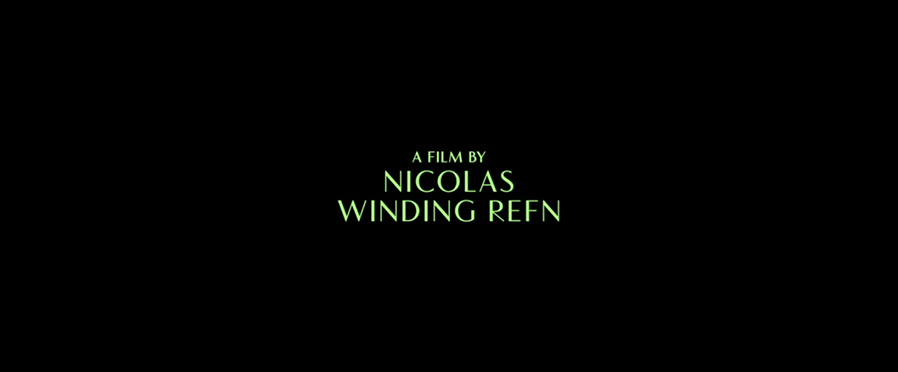
Ultimately, The Neon Demon leaves us to consume the products of an act of gluttony. Refn seems to realise that, without a robust substructure, his film can only survive by way of counterfeit. As an eye overladen with light pollution, tired by the intensity of a disco ball, The Neon Demon never ceases to overwhelm us with its visual overkill. Gradually, Refn’s film even descends into a certain machinality. No matter what appears on the screen, as long as something appears. In opposition to other instances of cinematic daydreaming (Michael Mann’s Miami Vice (2006), or Harmony Korine’s Spring Breakers (2012)), The Neon Demon finds its undoing in a pathetic longing for content. Equally, in opposition to Refn’s previous products (the lethargic Drive (2011), the hyper-stylised Only God Forgives (2013)), The Neon Demon is not about the exhibiting of jaw-dropping contrivances (these works, however deficiently, still venture into a celebration of the anti-substantial; a masochistic yet enjoyable act of surrender to the demands of the market). The Neon Demon, above all, presents us with a ‘sociological sketch’. As a film, Refn’s epic could easily figure in an anthology of nineteenth-century petty bourgeois morality tales. Neo-mannerism might find a hospitable public in a contrarian crowd. As cinema, however, it flops.
In a letter to his colleague Simon Carmiggelt, the Dutch writer Gerard Reve tried to explain the genius of one of his favourite writers. “As a writer, Nabokov never fails to amuse me”, he wrote in 1976, “he is the only writer for whom the absence of religiosity is no defect. He is in no need of symbols, rituals, etc; his work has the quality of eternity, truthfulness. His stories might have well been written 29 years earlier or later than their actual publication date.”8 If only Refn had heeded Reve’s advice. In comparison to Nabokov’s magnum opus, which offers a timeless tale of human suffering, his twenty-first century imitators indulge in a morose caricature of his beloved craft.
Above all, The Neon Demon lives an uneasy existence in the sea of the twenty-first century: incapable of surviving anywhere else. “In 2016,” Refn recently stated in an interview, “it became time to accept cinema’s past and turn our eyes to its future. With the advent of the digital, we enter a whole new universe, filled with completely new possibilities… We must first invent this new cinema, and consider it as an art, before we make it into an economic model.”9
The example leaves us with a sour taste. Already in 1984, Daney warned of a ‘historical trap’ when discussing his own version of mannerist cinema. Today, his warnings finally see their fulfilment. Refn’s objectified irony above all seems to serve a final directive: arming oneself against any form of critique. “I’m not being serious, and even then, I’m still not being serious.” The Neon Demon is a textbook example of those supremely ‘relevant’ films, guaranteeing and commercialising subversion as a calculated effect. Refn offers us a neatly prepacked metaphor, supplemented with an astrological index that can help us in ‘decoding’ our product – even before the slightest attempt at interpretation is waged. By way of an absurd faith in difference, however, a ceaseless repetition of the Same ensues: an alternation which, above all, serves to camouflage a true sense of change. The director can but excel in the reproduction of his personal obsessions. Not without surprise, his films are as ephemeral as the world they claim to depict.
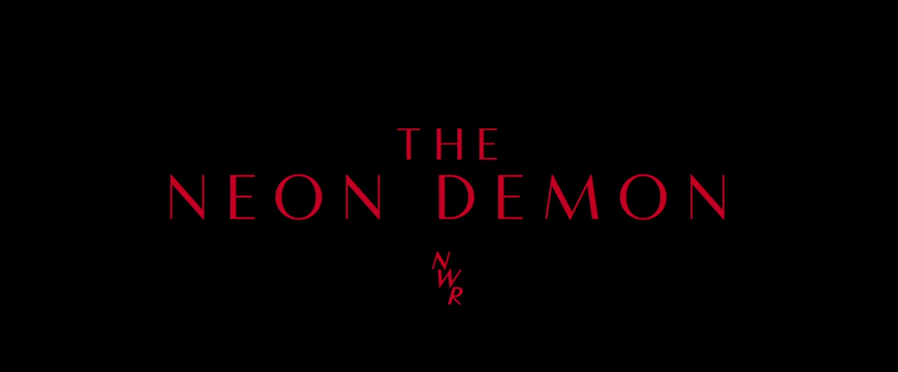
- 1Vladimir Nabokov, “On a Book Entitled Lolita,” in The Annotated Lolita. Revised and Updated, Vladimir Nabokov (New York: Vintage Books, 1991).
- 2Nabokov, “On a Book Entitled Lolita”.
- 3Stéphane Delorme, “Retour de Cannes. Le contrechamps absolu,” Cahiers du Cinéma, nr. 732 (2016): 21. [translation Anton Jaeger en Jan Saelens]
- 4Christina Newland, “The Beauty Myth,” Sight & Sound 26, nr. 7 (2016): 29.
- 5Serge Daney, La maison cinéma et le monde. 2. Les Anneées Libé 1 (1981-1985) (Paris: Éditions P.O.L, 2002), 252- 256. [translation Anton Jaeger en Jan Saelens]
- 6Frédéric Bonnaud, “Jacques Rivette – La séquence du spectateur”. [translation Anton Jaeger and Jan Saelens]
- 7Kristin Ross, “Jacques Tati, historian”.
- 8Gerard Reve, “Brief aan Simon Carmiggelt,” in De taal der liefde, Gerard Reve, (Amsterdam: Uitgeverij Rainbow Pocketboeken, 1975): 121. translation Anton Jaeger and Jan Saelens]
- 9Cyril Béghin and Nicolas Elliott, “Un film pour l’avenir. Entretien avec Nicolas Winding Refn,” Cahiers du Cinéma, nr. 732 (2016): 38. [translation Anton Jaeger and Jan Saelens]
Images (1), (2), (3), (4), (5), (6) and (7) from The Neon Demon (Nicolas Winding Refn, 2016)

